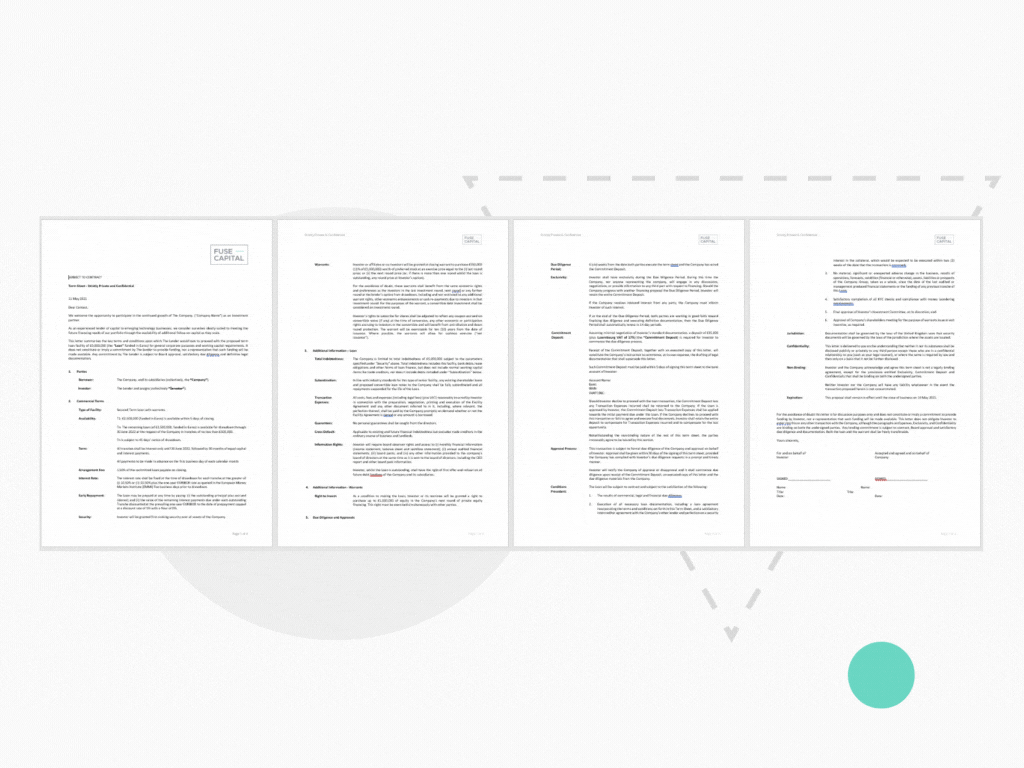Introduction
Originating from the US, venture debt was built on longstanding relationships between lenders and venture capitalists. But how exactly does venture debt work?
Historically, VCs invested all the cash a company would need to grow. If we fast forward to today, companies can use a mixture of debt in the form of venture debt, alongside equity. This is a significant change that has benefits for entrepreneurs, but also the venture capitalists. In some cases, venture debt has become a growth capital in its own right.
Use the contents section below to skip to specific areas of interest.
How does venture debt work?
Different venture debt providers have different methodologies for calculating how much a company can borrow. Sometimes it is based on debt to turnover, or debt to equity, or a runway calculation and even based on non-standard metrics.
Most venture debt lenders stick to a ‘playbook’ on what they will lend and the structure. However, there are funds particularly in the North American Market or larger debt funds which have no ‘playbook’. That means that they tailor the structure to the company’s needs.
The three fees to be aware of:
- An arrangement fee which is a percentage of loan principal
- Annual interest rate of which can be paid on a ‘cash’ basis or added to the loan
- Equity kicker is applied in some but not all of the cases. This is to compensate for the additional risk a venture provider is taking. This is typically quite small.
What are the Repayment Terms?
There are too many combinations to list here, each with their own pros and cons. However, understand that a venture debt facility is typically structured over two to five years.
As a venture debt loan recipient, you can either service the debt and repay the full amount at the end of your loan period or set up structured repayments.
It is just a case of finding the right balance and how the debt repayments fit with your goals.

Who suits Venture Debt best?
Being the most popular type of debt, unsurprisingly makes it the most accessible, but that doesn’t mean it is suitable for every business.
As with any debt finance facility, your company needs to pay back the loan.
For this reason, venture debt is best suited to mid-stage bootstrapped or Series A or Series B start-ups, that can demonstrate:
- A clear operating plan including a strategy for how you’ll use the loan for growth.
- Recurring revenue streams
- High revenue growth
- An enterprise/B2B customer base
- Control over burn rate
- Strong VC backing or an owner of a mature owner operated company
- Additional company value in the form of intangible assets such as IP
- A management team with a strong record of accomplishment
Download a Venture Debt Term Sheet PDF
Would you like to see an example of real venture debt terms supplied to one of our clients?
Download our Venture Debt Term Sheet PDF
It may also be helpful to look at the case study for our client, the space tech company, Rezatec.
When Rezatec found the growth stages to profitability demanded more than bank lending could offer, it strategically turned to venture debt.
Does Venture Debt have a place in your future?
Now you understand how it works, I am sure you can agree that venture debt is a fantastic way to fuel growth.
The market is ripe with lots of funds looking to back innovative businesses just like yours.
But, before you jump ahead and go for it, understand that it pays to speak to an expert venture debt advisor.
At Fuse Capital, our team has proven time and again, that we save CFOs, founders, and directors a lot of time and money seeking out debt deals.
To date, we have transacted over 350 clients and have transacted over 200 deals in 20+ different countries including countries in Europe, Asia, America, and Australia.
If you are a high-growth tech business focusing on return on investment over the long term, as opposed to short-term cash flows, talk to us.
Get in touch today and grow fast with venture debt.


